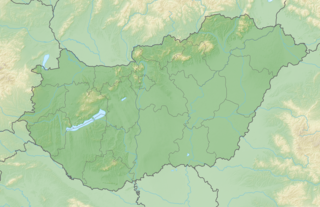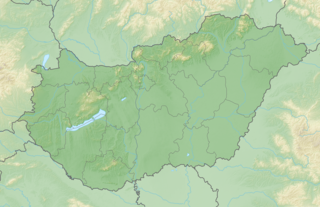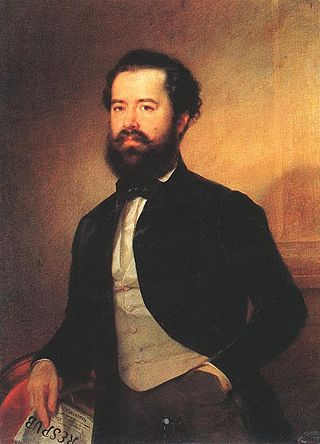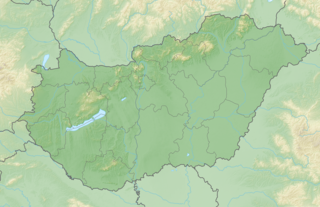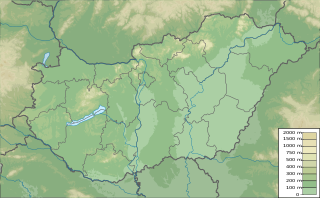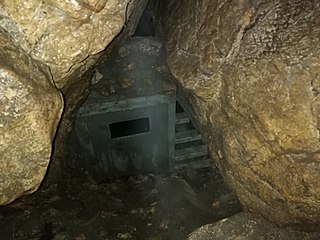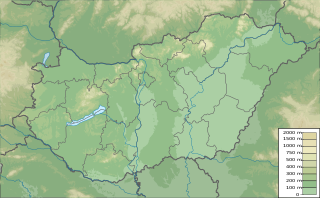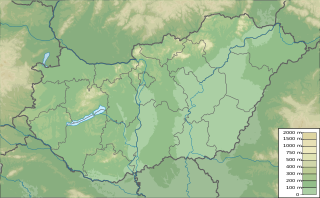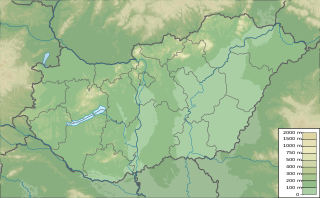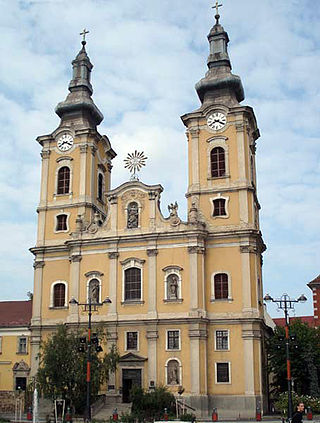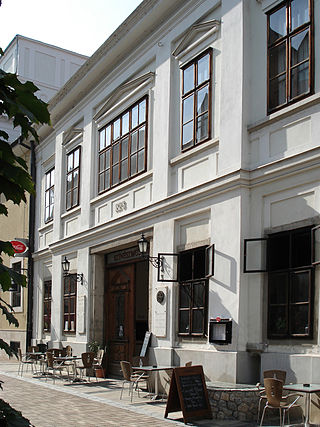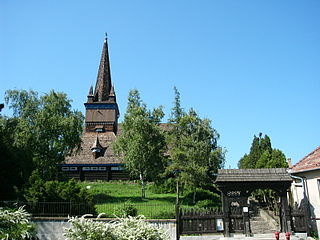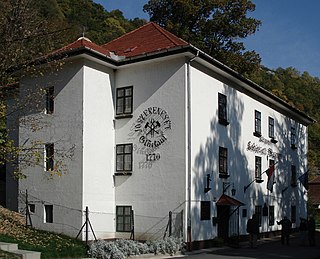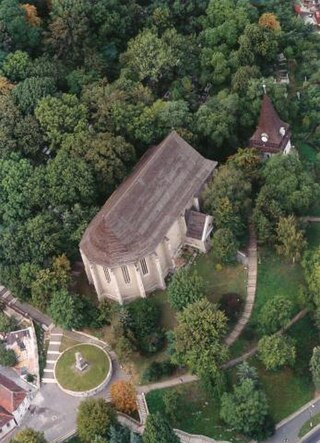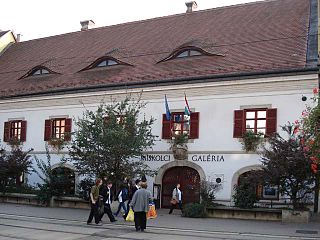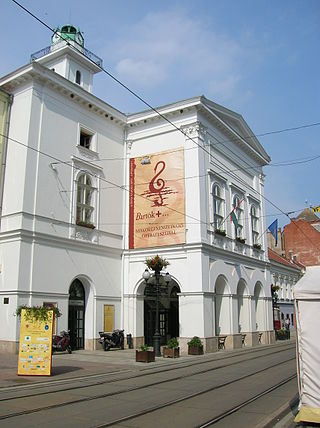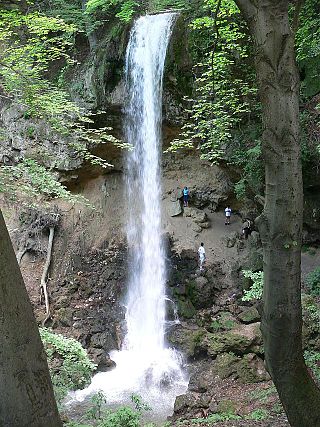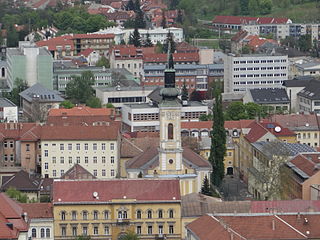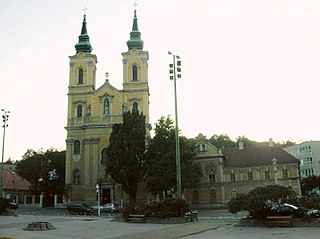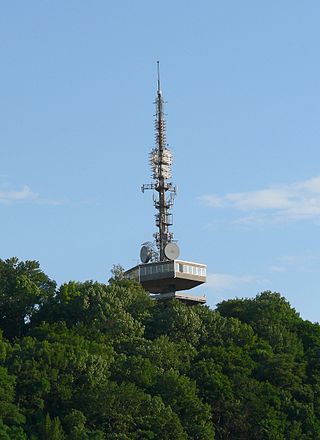28 Sights in Miskolc, Hungary (with Map and Images)
Legend
Welcome to your journey through the most beautiful sights in Miskolc, Hungary! Whether you want to discover the city's historical treasures or experience its modern highlights, you'll find everything your heart desires here. Be inspired by our selection and plan your unforgettable adventure in Miskolc. Dive into the diversity of this fascinating city and discover everything it has to offer.
Sightseeing Tours in MiskolcActivities in Miskolc1. Szeleta-barlang
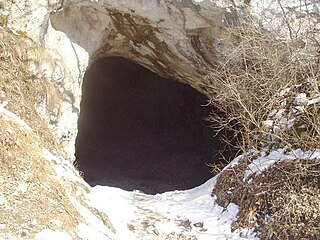
The Slica Cave is one of the sites of the first cave excavations in Hungary. It is one of the four caves in Hungary that provide a secure and basic archaeological find. The other three are the Diósgyőrtapolca Cave, the Istálls-kői Cave and the Pes-kő Cave. Namesake of the Slica culture. It was inhabited for more than 100,000 years from the beginning of the last interglacial. Hungary one of its specially protected caves.
2. Bolhási-víznyelőbarlang
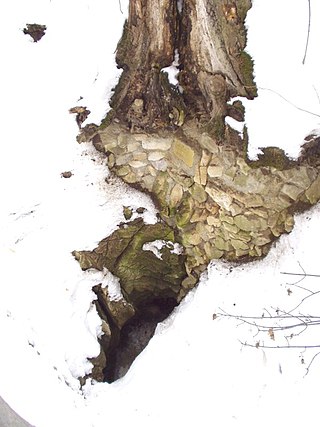
It is one of the Hungary specially protected caves of the Bolhási-Jávorkúti cave system. It is located on the territory of the Bükk National Park. The cave system was created by connecting the Bolhási Sinkhole Cave and the Jávor Wells Sinkhole Cave. It is the second longest cave in the Bükk region, the longest is the István Lápai Cave.
3. Kecske-lyuk 3.
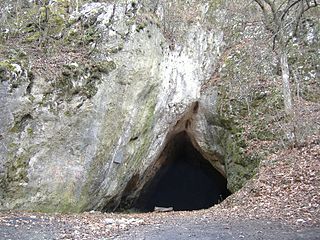
Due to its geological significance and its very valuable vertebrate and arthropod fauna, Goat's Hole is one of Hungary's highly protected caves. It is located in the Bükk National Park. Easy to access, popular excursion destination. This is the second cave in the Bükk Mountains in which successful archaeological excavations have been carried out. Archaeological objects were first found during the archaeological excavation of the Diósgyőrtapolca cave.
4. Büdös-pest
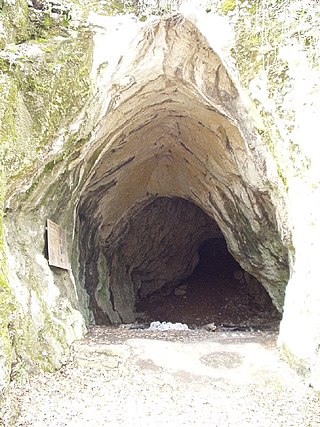
Smrdös-pest is a cave of most archaeological significance, which has been one of Hungary specially protected caves since 1982. It is located in the Bükk National Park, in the area of Miskolc. The cave, which was placed under archaeological protection in 1951, is free to visit, you don't even need a lamp to see it.
5. Diabáz-barlang
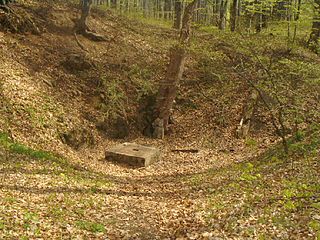
Diabase Cave is one of Hungary specially protected caves. It is located on the territory of the Bükk National Park. Hungary 10th deepest cave in the Bükk region and one of the most dangerous caves in Hungary. It was also the 5th deepest cave in Hungary.
6. Három-kúti-barlang
It is one of the Hungary specially protected caves of the Three Wells Cave. Archaeological finds have been unearthed from it. It is located on the territory of the Bükk National Park. It is also included in tourist guides.
7. Borókás-tebri 2. sz. víznyelőbarlang
It is one of the Hungary specially protected caves of Juniper-Tebri Cave No. 2. It is located on the territory of the Bükk National Park. Here you can find the three-meter-high and white stalactite called Pagoda. Its stone bridges and prepared stone blades are typical of alpine caves. One of the two specially protected caves of the Juniper Ponds, the other is the Juniper-Tebri Sinkhole No. 4. It is the second longest and second deepest cave in the Juniper Ponds, after the Juniper-tebri Cave No. 4.
Wikipedia: Borókás-tebri 2. sz. víznyelőbarlang (HU), Website
8. Fekete-barlang
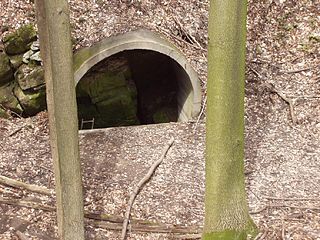
The Black Cave is one of Hungary specially protected caves. It is located on the territory of the Bükk National Park. Hungary is the eighth deepest and ninth largest vertical cave. It is the fourth deepest and fourth largest vertical cave in the Bükk region, after the Miner's Cave, the István Lápai Cave and the Jasper Cave.
9. Szemere Bertalan-obeliszk
Bertalan Szemere was a Hungarian poet and nationalist who became the third Prime Minister of Hungary during the short period of the Hungarian Revolution of 1848 when Hungary was independent of rule by the Austrian Empire.
10. Borókás-tebri 4. sz. víznyelőbarlang
It is one of the Hungary specially protected caves of Juniper-Tebri Cave No. 4. It is located on the territory of the Bükk National Park. It is one of the two specially protected caves of the Juniper-tebri Cave, the other is the Juniper-tebri Sinkhole No. 2. It is the longest and deepest cave of the Juniper Lakes. In 1975, it was listed as the fifth deepest cave in Hungary.
Wikipedia: Borókás-tebri 4. sz. víznyelőbarlang (HU), Website
11. Szamentu-barlang
Samentu Cave is one of Hungary specially protected caves. It is located on the territory of the Bükk National Park. The cave houses the largest cave hall in the Bükk region. This hall, called the Teenager's Room, is 30 m high and 40–70 m wide. It is the 11th longest cave in the mountain range and the longest in the Small Plateau. One of the two specially protected caves of Varbó, the other is the Gyurkó-lápai cave.
12. Gyurkó-lápai-barlang
It is one of the Hungary specially protected caves of the Gyurkó Lápai Cave. It is located on the territory of the Bükk National Park. It is one of the two specially protected caves of Varbo, the other is the Samentu Cave.
13. Nagykőmázsa-oldali-zsomboly
It is one of the Hungary specially protected caves of Nagykőmázsa-side-Jimbol. It is located on the territory of the Bükk National Park. It is one of the habitats of the Gebhardt blind futrinka, which occurs in only four caves in the world.
14. Vidróczky-barlang
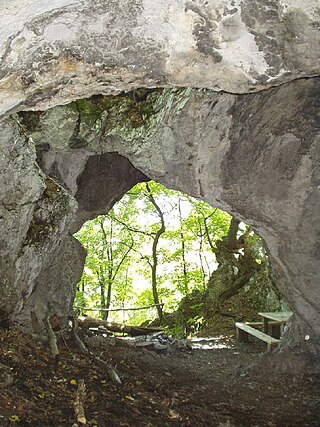
The Falcon Fountain Rock Hollow is one of the caves in the Bükk National Park from which archaeological finds have been found. Hungary is among its specially protected caves. It is also included in tourist guides.
15. Diósgyőri Vár
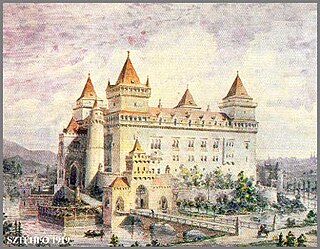
The Castle of Diósgyőr is a medieval castle in the historical town of Diósgyőr which is now part of the Northern Hungarian city Miskolc. The first Castle of Diósgyőr was built probably in the 12th century and was destroyed during the Mongol invasion (1241–42). The current, Gothic castle was built after the invasion and reached the peak of its importance during the reign of King Louis the Great (1342–1382). Later it became a wedding gift for the queens of Hungary, which it remained until the Ottoman invasion of Hungary in the 16th century. By the end of the 17th century it was already in ruins. Archaeological excavations were made from the 1960s. In 2014 the castle was restored; the rooms are furnished with Mediaeval-style furniture.
16. Vártetői-barlang
It is one of the Hungary specially protected caves of the Castle Roof Cave. It is located in Miskolc in the Bükk National Park. It is the 12th deepest cave in the Bükk region. Hungary is an important bat wintering ground.
17. Nagykőmázsa-völgyi-víznyelőbarlang
It is one of the Hungary specially protected caves of the Nagykőmázsa Valley Sinkhole. It is located on the territory of the Bükk National Park. For a while it was Hungary sixth deepest cave and the fourth deepest cave in the Bükk region.
Wikipedia: Nagykőmázsa-völgyi-víznyelőbarlang (HU), Website, Url
18. Nagyboldogasszony Minorita Templom
The Church of Our Lady or Minorite Church of Miskolc is the most important church of the city, the defining building of Heroes' Square, built between 1729 and 1760 in Baroque style. On its left side stands the former Minorite friary, today's Kelemen Didák Boys' Dormitory, and on its right the Földes Ferenc High School.
19. Színháztörténeti és Színészmúzeum
The Museum of Theatre History and Actors of Miskolc was established in 1996 next to the building of the National Theatre of Miskolc, at 3 Déryné Street, which was built on the foundations of the first stone theatre in Miskolc, which burned down.
20. Deszkatemplom
The Wooden Church (Deszkatemplom, lit. "wooden plank church") is a church in Miskolc, Hungary. It is built of carved wood. The present building was built in 1999 in place of the previous one that was destroyed by arson in 1997.
21. Kohászati Múzeum
The Metallurgical Museum was established in the Felsőhámor district of Miskolc, at Palota u. 22. It is also accessible from Lillafüred: it is close to the foot of the Lillafüred waterfall and the Anna Cave. Its task is to present the history of domestic iron metallurgy, metalworking, especially local metallurgy. In addition to the collection of objects, mock-ups and diaporamas, the museum also has a significant collection of photographs, as well as a collection of specialist books and periodicals. The institution of the Hungarian Museum of Technology and Transport.
22. Avasi Református Templom
The Gothic Protestant Church of Avas is the oldest building in the centre of the city of Miskolc in Northern Hungary. It was built in the 13th century as a small, Romanesque style church, and later it was expanded to a larger Gothic style church. In 1544, during the Ottoman occupation of Hungary the Turks set the church on fire. Because it was already a Protestant church, the Catholic owner of the Diósgyőr estate, Borbála Fánchy, didn't give her permission to use the wood from the nearby forests to rebuild the church, and it was rebuilt only more than twenty years later.
Wikipedia: Gothic Protestant Church of Avas (EN), Url, Website
23. Miskolci Galéria
The Miskolc Gallery was established in 1967 by the merger of the City Gallery and the Castle Museum of Diósgyőr. The Miskolc Gallery was the first exhibition institution in the region. Its task is to collect and present works of contemporary art, and it is also a significant public education scene. Its regularly recurring events are the National Graphic Biennial and the Miskolc Winter Exhibition, but they also host 8-10 temporary exhibitions per year. The Miskolc Gallery has been a member institution of the Herman Ottó Museum since August 2013. Its postal address is Rákóczi Ferenc utca 2., but it is essentially located on Széchenyi István Street.
24. Miskolci Nemzeti Színház
The National Theatre of Miskolc is the main theatre of Miskolc, and the oldest theatre company of Hungary. Its current Classicist and Neo-baroque building built between 1847 and 1857, is in the city centre, in Széchenyi street and is home to not only theatrical plays, but also to events like the International Opera Festival of Miskolc.
25. Lillafüredi-vízesés
Today, Lillafüred Waterfall is Hungary largest waterfall with a vertical fall with a height of twenty meters. The waterfall was formed during the construction of the Palace Hotel in Lillafüred, so it is an artificial waterfall, originally the Szinva stream flowed into Lake Hámor.
26. Miskolci Evangélikus Egyházközség temploma
The downtown Lutheran church is located in downtown Miskolc, at Hunyadi Street 8. It is not a street-front building, it stands in the so-called Luther's Court, but its tower is clearly visible from several places in the city, because it is 60 meters high. In the southern part of the Luther court there is the former school of the Lutherans, which had such famous students as Bertalan Szemere, Pál Hunfalvy and Otto Herman.
27. Szent Péter és Pál apostol-templom
The Mindszent Church is a Roman Catholic parish church in the centre of Miskolc, Hungary. It was built between 1724 and 1880 in Baroque style. It is officially called St. Peter and Paul Church, but in colloquial speech it's always referred to as Mindszent church.
28. Avasi kilátó
Miskolc-Avas TV Tower is a 72-metre (236 ft) tall television tower with an observation deck on the Avas hill in Miskolc, Hungary. The Avas TV Tower was designed by Miklós Hófer and György Vörös, and was built in 1966 in place of a wooden lookout tower. It is commonly regarded as the symbol of the city, even though in the 1990s the bell tower of the Avas church was declared the city's symbol in its place.
Share
How likely are you to recommend us?
Disclaimer Please be aware of your surroundings and do not enter private property. We are not liable for any damages that occur during the tours.
